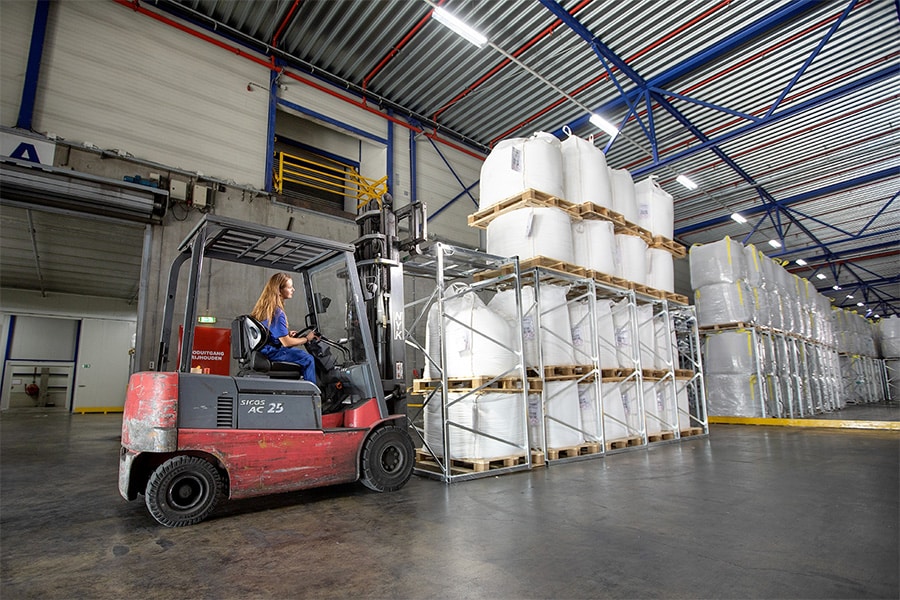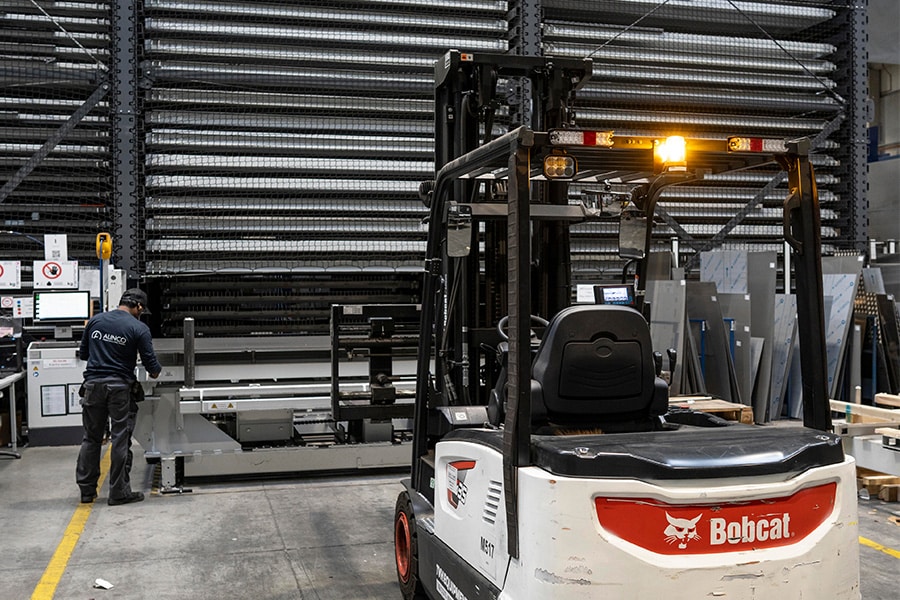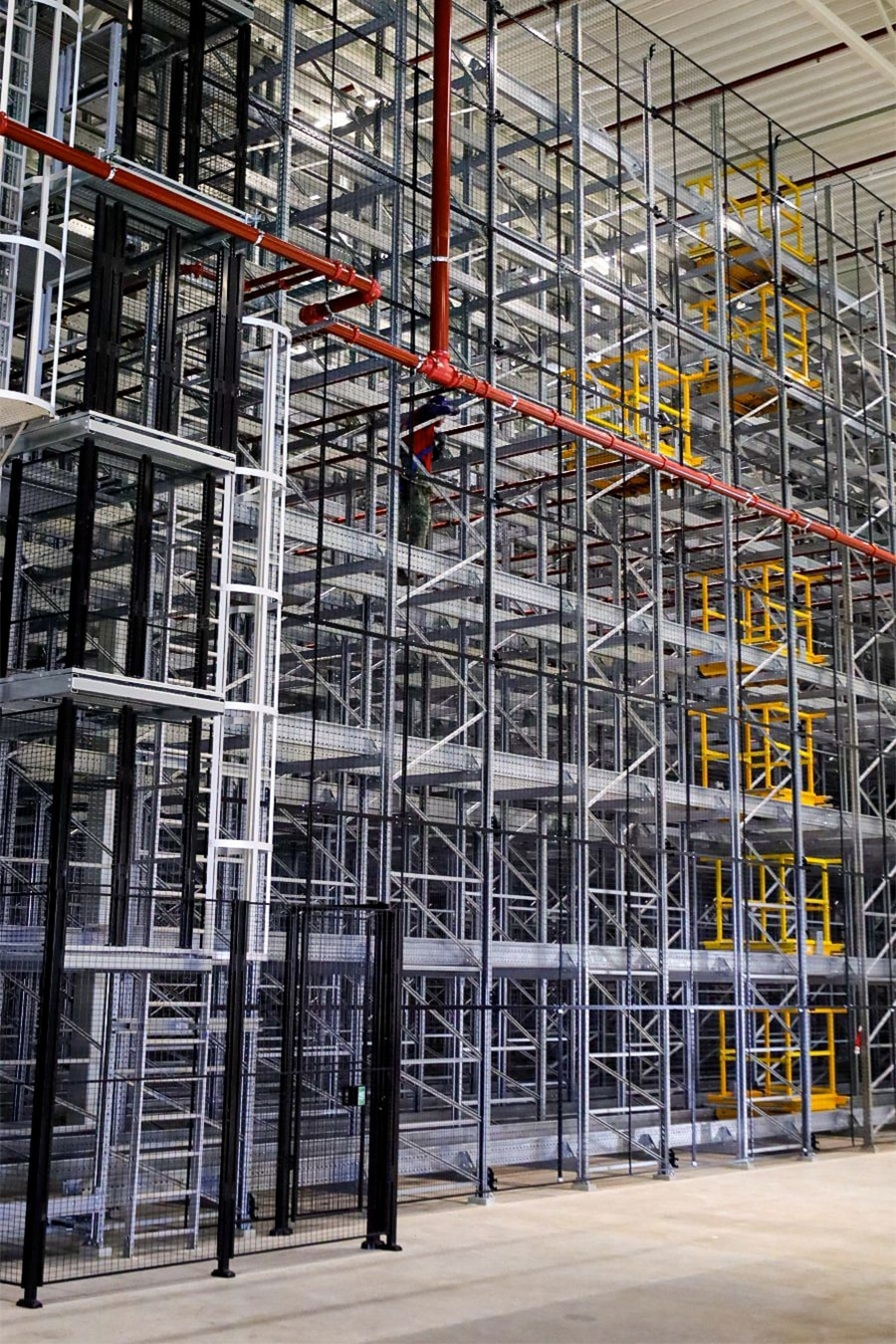
What are the rules around the safe storage of lithium-ion energy carriers?
The use of lithium-ion batteries has increased dramatically in recent years. However, these batteries can ignite on their own. In addition to fire and explosion hazards, they can release toxic smoke, which in large quantities is even deadly. Warehouses are full of items containing such batteries. How can you best protect your personnel and business, and what about regulations and insurers?
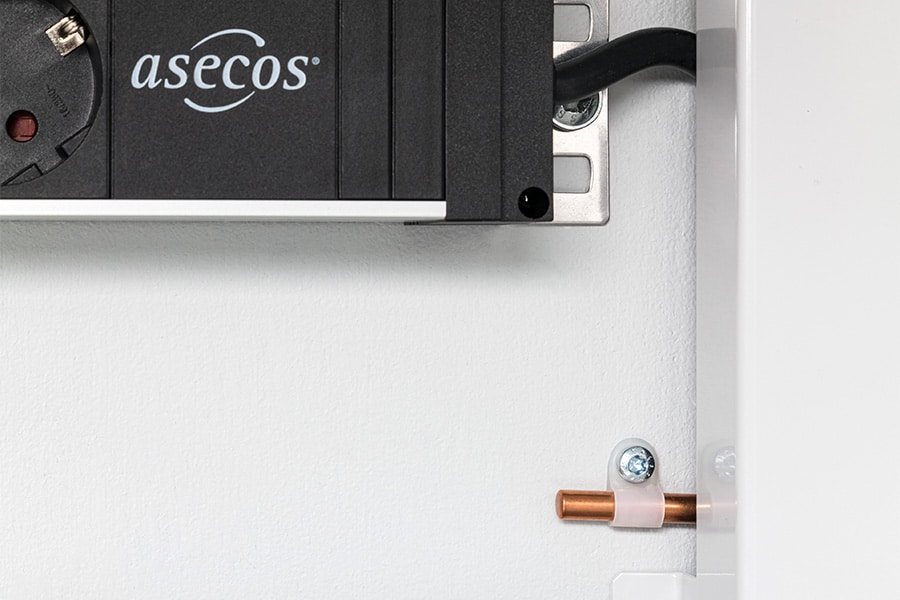
We asked Henk Niewenhuis, director of Asecos. After all, as the market leader in safe storage solutions for hazardous materials, the company has enormous expertise. And thanks to their pioneering spirit, they started thinking about the safest storage of lithium-ion energy carriers ten years ago. Niewenhuis: "The positive and negative poles of these batteries are separated from each other by a separator. If there is a break in this separator, it can ignite by itself. However, as a user, it is impossible to tell if such a break is present, for example due to poor quality or a fall. Moreover, charging such a battery, which is often done at night without supervision, increases the risk of ignition."
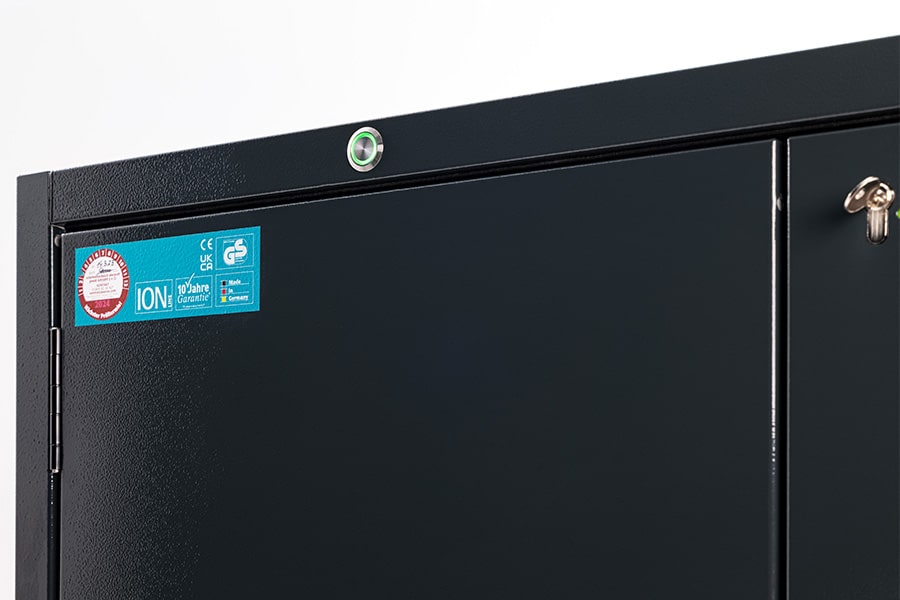
Risk
"Warehouses are full of goods that contain lithium-ion batteries. Think phones, laptops, electric bikes and toys. But also scanning equipment for order picking. Also, don't forget the storage of used or returned items, where you certainly don't know what happened to the battery. It is important to think carefully about the safety of these energy carriers that can spontaneously ignite."
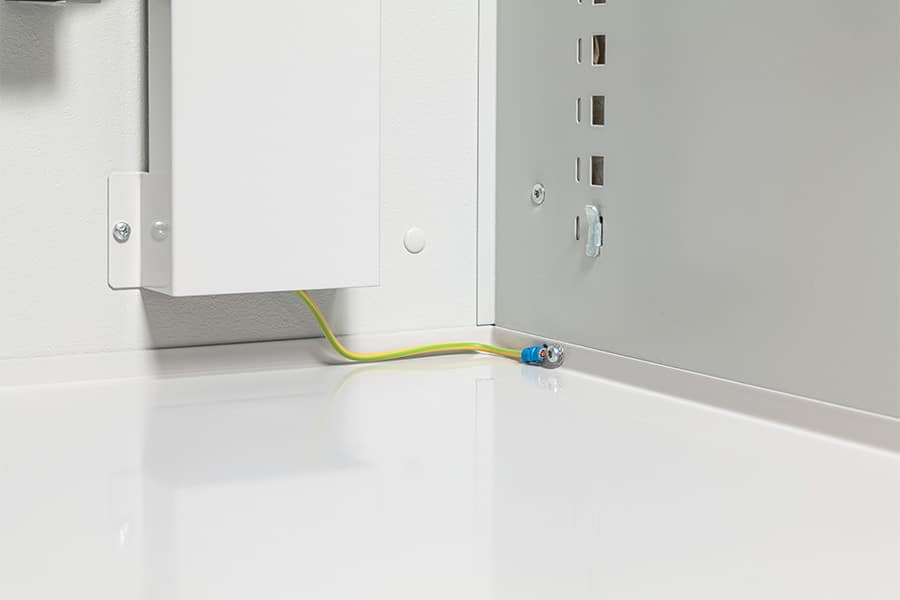
Opinion
Companies looking to safely store and/or charge their lithium-ion energy carriers in a fireproof cabinet would do well, according to Niewenhuis, to seek information from reliable organizations with sufficient expertise. "There is still a lot of ambiguity about the regulations and there are many manufacturers who still lack knowledge. The only certainty for you as a user is to ask for certificates, such as the European EN 1447-1, which will help you separate the wheat from the chaff. In addition, check with the insurer if they have any requirements." To gain more insight, you can also use handy tools, such as the configurator on the Asecos website.

Regulation
Recently, there has been some clarity on the safe storage of lithium-ion batteries thanks to new PGS 37 regulations. "In addition, last year the German VDMA 24994 directive came into force, to which some insurers are already referring. It has also been brought forward from Germany that there should be a European standard based on this VDMA directive. As a matter of fact, we find this directive incomplete and we have gone a long way with our cabinets. Anyway, that European standard will take some time, but in the meantime there is a good chance that insurers will start imposing higher requirements."
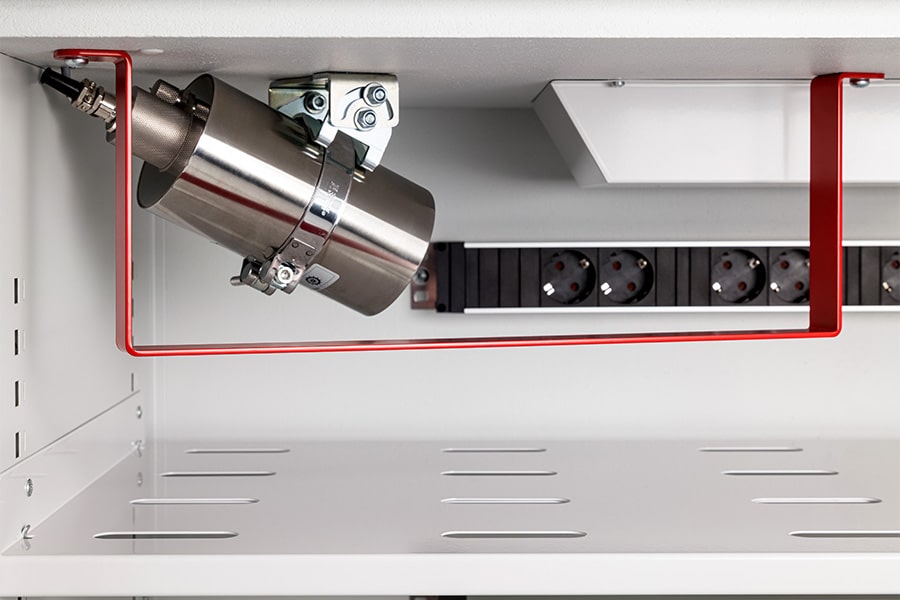
Fire Safe
Because Asecos started early on with the development of fire-resistant cabinets for storing and/or charging lithium-ion batteries, their products already fully comply with the new PGS 37 directive. "Our cabinets already complied with the EN-14470-1 standard, which stipulates, among other things, that the fire resistance from outside to inside must be at least ninety minutes. But since a lithium-ion battery produces its own oxygen, we created this fire resistance from inside to outside as well." Asecos added to this by adding alarm detection to its lithium-ion cabinets and making them smoke-proof and explosion-proof. In addition, Asecos is the only manufacturer whose cabinets are EK5/AK4 22-01 certified in accordance with the GS principle.
The huge lead Asecos has taken not only makes their cabinets the most fire-safe, it also gives customers the assurance of making a good investment with future requirements and legislation in mind.
Heeft u vragen over dit artikel, project of product?
Neem dan rechtstreeks contact op met Asecos.
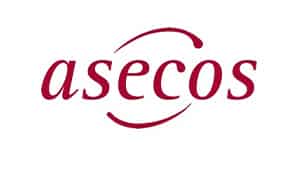 Contact opnemen
Contact opnemen
